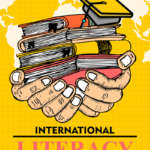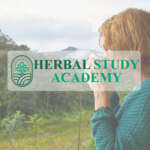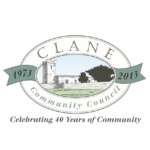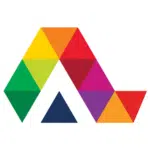Complementary and alternative therapies have become increasingly popular in Ireland. More and more health centres offer alternative therapy treatments such as acupuncture, aromatherapy, bio energy, crystal healing, reflexology, reiki and shiatsu. These do not replace traditional medicine. Instead, they are drug-free therapies that can help support recovery. In this article, we will briefly look at each of these.
Acupuncture
Acupuncture is one of the oldest treatments in traditional Chinese medicine. It has been practised for over 2000 years. Practitioners insert thin needles into a patient’s body at various acupuncture points. The most commonly used acupuncture points are on the lower arms and legs. Acupuncture is a pain-relief therapy. In addition, it can alleviate nausea and vomiting.
Aromatherapy
Aromatherapy uses essential plant oils and aromatic plant extracts to affect a person’s mood or health. Practitioners use oils separately or in combination for massage, inhalation, baths, compresses and skin preparations. Aromatherapy began around 6000 years ago with the Egyptians. The ancient Indians, Chinese, Greeks and Romans were all aromatherapy fans too. Hippocrates, the father of modern medicine, supposedly used aromatherapy baths and scented massages in his treatments.
Bio Energy
The theoretical basis of bio energy is that everything consists of and exists through energy. Bio energy practitioners work on the areas of the body where spirals of energy are located. These are the chakras and the meridians. These areas receive, generate and transform energy. For optimal health, the energy needs to flow freely through the body. In order to achieve this, bio energy therapy raises a person’s vibration. With high vibrations, we feel happier and healthier.
Crystal Healing
Crystal healing is a form of spiritual healing. Practitioners use spiritual healing techniques along with crystals. Crystals are natural energy conductors. As a result, they can project and intensify healing energies. They can help energy flow, as well as absorb negative energies. Therefore, the can be used to treat physical, emotional, mental or spiritual issues.
Reflexology
Reflexology works by massaging the feet and hands of a patient. Practitioners divide the hands and feet into different zones. These zones correspond with other areas of the body. Therefore, by working on a particular zone, a reflexologist can treat illnesses in other parts of the body.
Reflexology may be thousands of years old. However, it’s early history is unclear. In 1913, Dr William Fitzgerald brought it to the USA. Later, in 1930, Eunice Ingham standardised Western reflexology. She mapped the feet with all the corresponding organs and glands of the body. In addition, Ingham worked with doctors to prove her findings.
Reflexology spread to Europe in the 1960s and later to Ireland in the 1980s. Since then it has grown in popularity in Ireland as a gentle, complementary therapy suitable for a wide range of patients.
Reiki
Reiki is a Japanese healing technique. Practitioners channel energy to treat stress as well as promote healing and relaxation. They do this by laying hands on a patient to direct energy, activate the body’s natural healing processes and improve physical and emotional well-being. Reiki practitioners use the idea that energy flows through us. If our energy force is low, we become sick or stressed. When it is high, we are happier and healthy.
Shiatsu
Shiatsu is a type of therapeutic massage. It comes from Japan, and it has been used as a form of physical therapy for over 3000 years. Many therapies and traditional treatments from the Far East are founded on the belief that illness is the result of disruptions in the body’s energy flow. Shiatsu practitioners use pressure as well as stretching techniques to correct blocked energy. As a result, Shiatsu re-balances the body to promote self-healing. Most especially, it’s aim is to create a healthier body, mind and spirit.
















